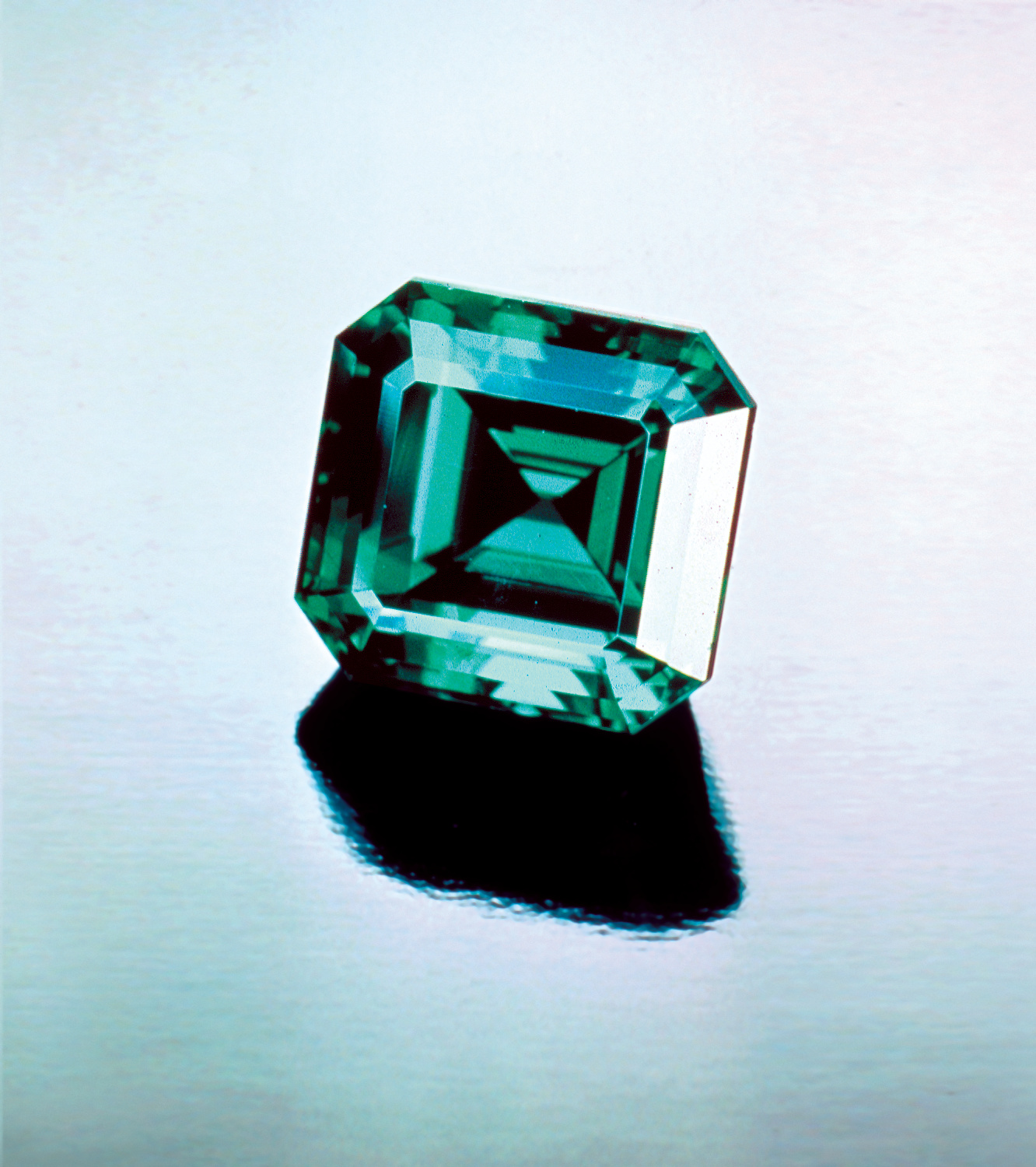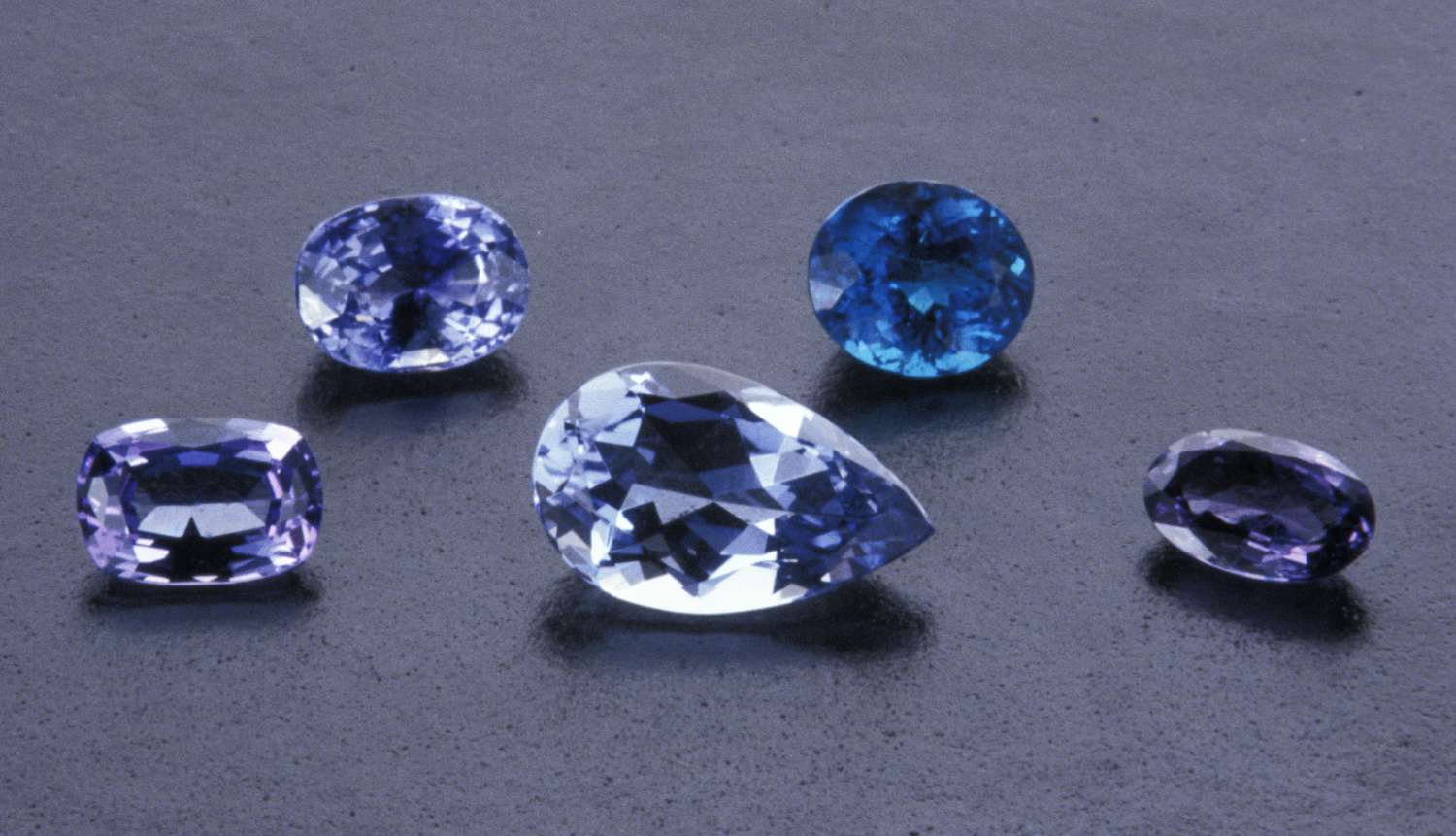Welcome to the GIA Gem Identification course. In Colored Stones, you learned about the market’s commercially important gems. This course will add practical experience to the knowledge you’ve already gained. You’ll learn how to use observation and gem-testing equipment to identify gems and detect gem treatments, synthetics, and imitations. Gemologists have a name for this complex and rewarding process—they call it “making a separation.”
The ability to identify gems is an absolute necessity for anyone who works in the jewelry business. If you don’t know a gem’s identity, you can’t estimate its value for an appraisal, grade it, purchase it, or sell it with confidence.
If you work in retail or wholesale, a familiarity with gems’ distinguishing characteristics helps you explain each stone’s special qualities. If you’re a bench jeweler, knowledge of gemological properties can help you determine if the stones in a piece of jewelry will withstand the heat from a jeweler’s torch, or if they’re vulnerable to fractures or cleavages.
Identifying gems is like detective work. As you gather evidence to determine a stone’s identity, you call on every bit of gemological knowledge you have. With the help of your course materials and standard gem-testing instruments, you can use gem properties and characteristics as tools to identify almost any stone.
You’ll find that developing gem identification skills takes more than interpreting instrument readings or understanding gemological properties. You also have to use your powers of observation. You can eliminate many possible identities by examining factors like color and transparency.
Besides knowledge and skill, you also need enthusiasm and respect for the subject. The more you appreciate gems, the more you’ll welcome each identification as a rewarding challenge.
In this course, you’ll spend a lot of time looking at gemstones. But before you begin identifying them, here’s a review of how they’re classified.








